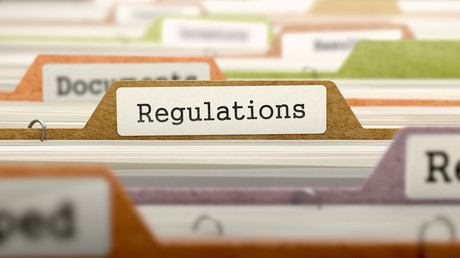Electrical safety regulations a mess — Lighting Council

New regulations for some LED lamps slated to start on 30 June 2018 will be inconsistently applied, leading to confusion in the industry and higher costs for consumers, according to Lighting Council Australia (LCA).
Despite years of discussion between state governments, insufficient progress has been made on aligning rules between states, said LCA.
“We have eight jurisdictions and four different approaches dealing with precisely the same issue,” said Technical Manager David Crossley.
While there is no direct cause for the public to be alarmed about safety, consumers are paying more because of unnecessary red tape created by governments across the country.
“It’s a real shame that the full benefits of LED technologies aren’t being realised by consumers because costs are needlessly raised by governments that don’t seem to be able to get their acts together.
“Higher costs for industry in registering and handling products means higher costs for consumers when they see the item on the shelf.”
The lack of alignment between regulations means that suppliers face different rules in different jurisdictions for the same products, said LCA. In some states, regulations are applied retrospectively; while in others, the rules start from day one.
In practice, suppliers can’t control how items sold on to retailers are managed. Yet some states will require suppliers to retrospectively certify products they no longer stock at significant and unnecessary cost. Other states rightly recognise that products already in the supply chain should be ‘grandfathered’ or allowed to pass through the supply chain without retrospective costs being imposed.
The differences between state regulations are unnecessary, difficult and costly for suppliers to manage. These additional costs are passed on to consumers through higher prices for LED products. LED lights are the future of the lighting market and we call on state governments to step up and take decisive steps to address this long-running issue, said LCA.
A solution would entail all regulators aligning under the Electrical Regulatory Authorities Council Electrical Equipment Safety System. A regulatory impact assessment of that system was signed by seven jurisdictions 10 years ago but we currently only have two states aligned under that model, according to LCA.
The new regulations for LEDs classify mains voltage self-ballasted LED lamps as high risk and require product certification1, marking2 and registration3 before sale. Resellers should verify their products meet the new requirements by contacting suppliers.
Notes:
- Certification: To be certified an LED lamp must have a valid electrical safety certificate issued by an Australian electrical safety regulator or third-party certifier showing compliance with the Australian Standard for mains voltage self-ballasted LED lamps (AS/NZS 62560).
- Product Marking: LED lamps must be marked with the Regulatory Compliance Mark.
- Registration: The Electrical Regulatory Authorities Council National Equipment Registration System can be found at https://equipment.erac.gov.au/Registration/.
Should businesses choose in-house or third-party manufacturing?
Companies must evaluate their specific needs, goals and capabilities before committing to a...
Focus on Chris Mattner
From being expelled from high school to leading a trailblazing South Australian electrical and...
Harsh penalties for non-compliant smart tech
Last year, the European Union introduced a new regulation that will affect all manufacturers...




